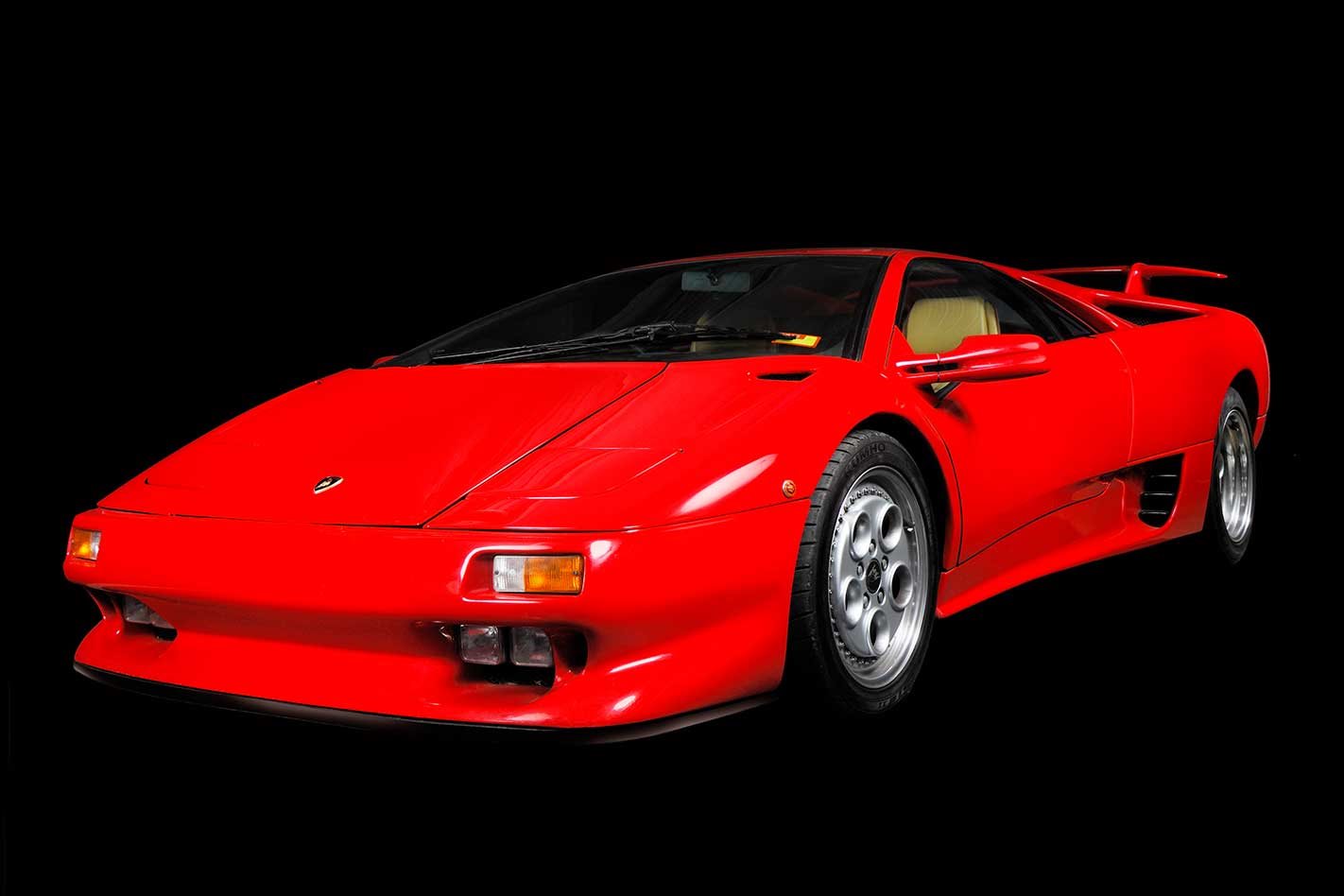Having already given Enzo Ferrari a two-fingered salute, Ferruccio Lamborghini then went on to invent the mid-engined, road-going, production supercar with the Miura. Not happy to let it end there, Lamborghini then started to get a bit lairy. The Countach was the fruit that fell from that particular Zany-Tree.
This feature was originally published in MOTOR’s September 2012 issue
The original Countach was truly out there. It was science-fiction, but that Italian version of science-fiction where the crappy two-dimensional sets were all done by pissed sign-writers, the male actors wore three piece Armani space-suits and the females (including the female aliens) all had red painted lips and huge fadooboodas. (It was the zero-gravity that made them that shape. Honest.)
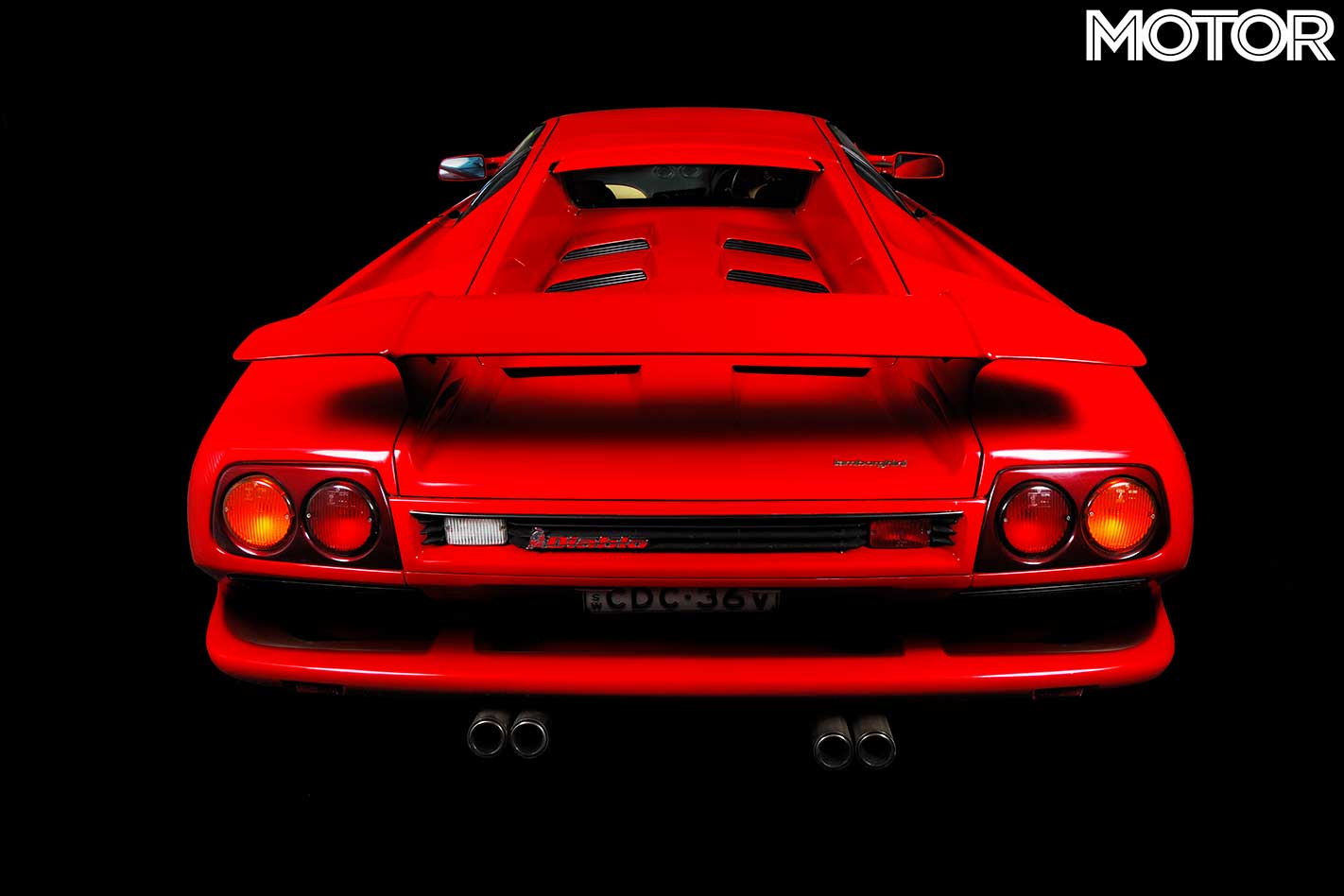
Even by 1985, the Countach’s outrageousness was hardly growing thin even with the Italians and a successor entered the planning stages. That car was, of course, the Diablo and, rather than do away with the excesses of the latter-day Countach, it kind of took the whole cartoon supercar to new heights.
But it wasn’t that simple, because along the way, the Diablo had to drag Lamborghini kicking and screaming into the 1990s, so the styling was softened at the edges and the whole thing gained that vaguely cab-forward look that characterises supercars form this era.
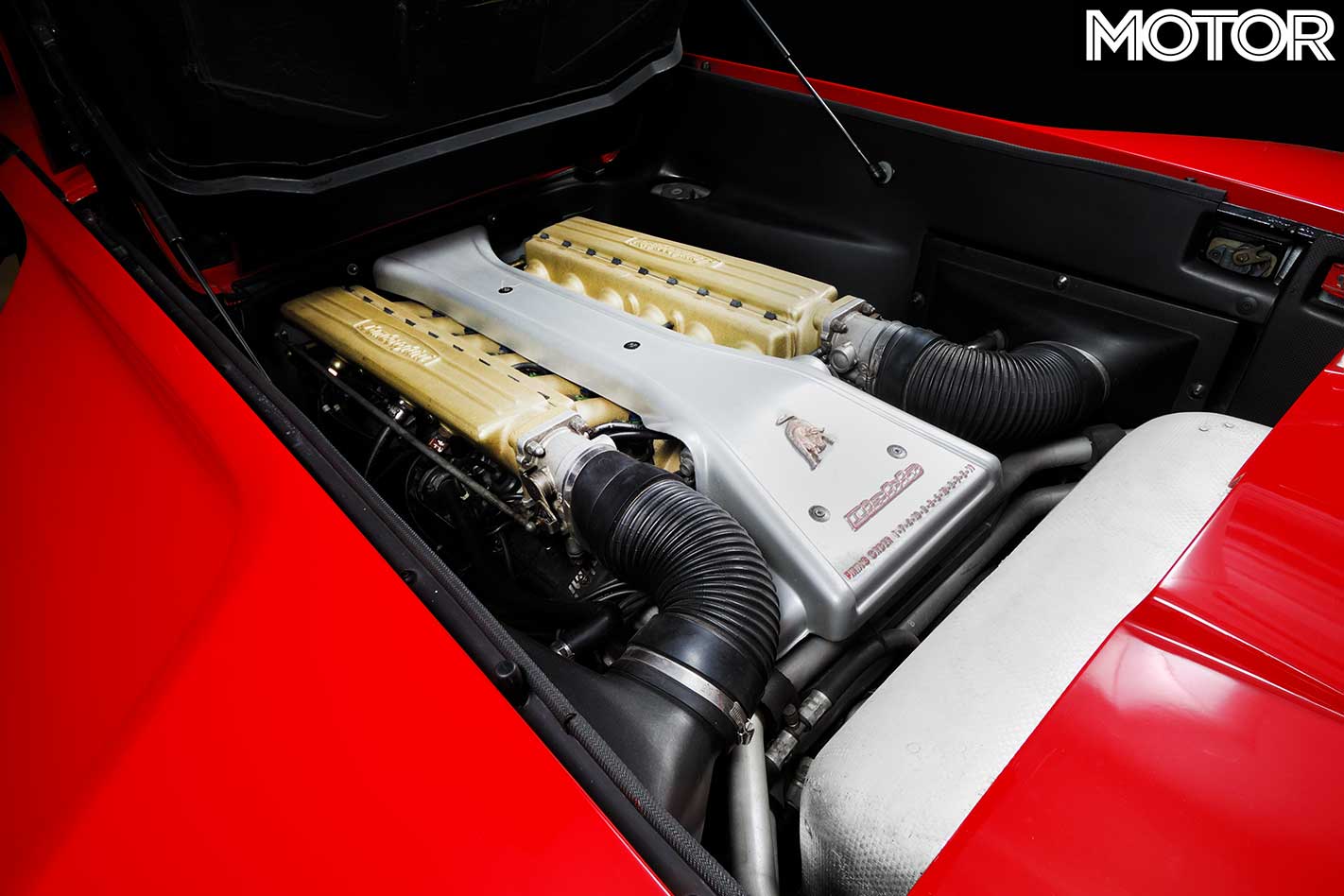
Gone were the big `shoulder pads’ that acted as the Countach’s air intakes, because the radiators for the Diablo had been relocated to that ample rump. Making rear-mounted radiators work is never easy, so Lambo worked hard to make sure the V12 kept its cool.
Measures included designing the rear bumper-apron unit to pull hot air out from under the car although the big air scoops forward of the rear wheels are not for engine cooling. Instead, they cool the rear brakes while another pair of scoops in the front spoiler does the same for the front binders.
Seventeen-inch alloys were massive for the day bet they were needed to clear the big brakes and were wrapped in (what else?) Pirelli P-Zero tyres. The later Countach’s wheel-arch flares were also given the flick for the Diablo which, at better than two metres across, really didn’t need to be any wider. That broad beam is also the reason the doors open upwards (like the Countach) because a standard parking spot simply wouldn’t allow for the car AND an open door.
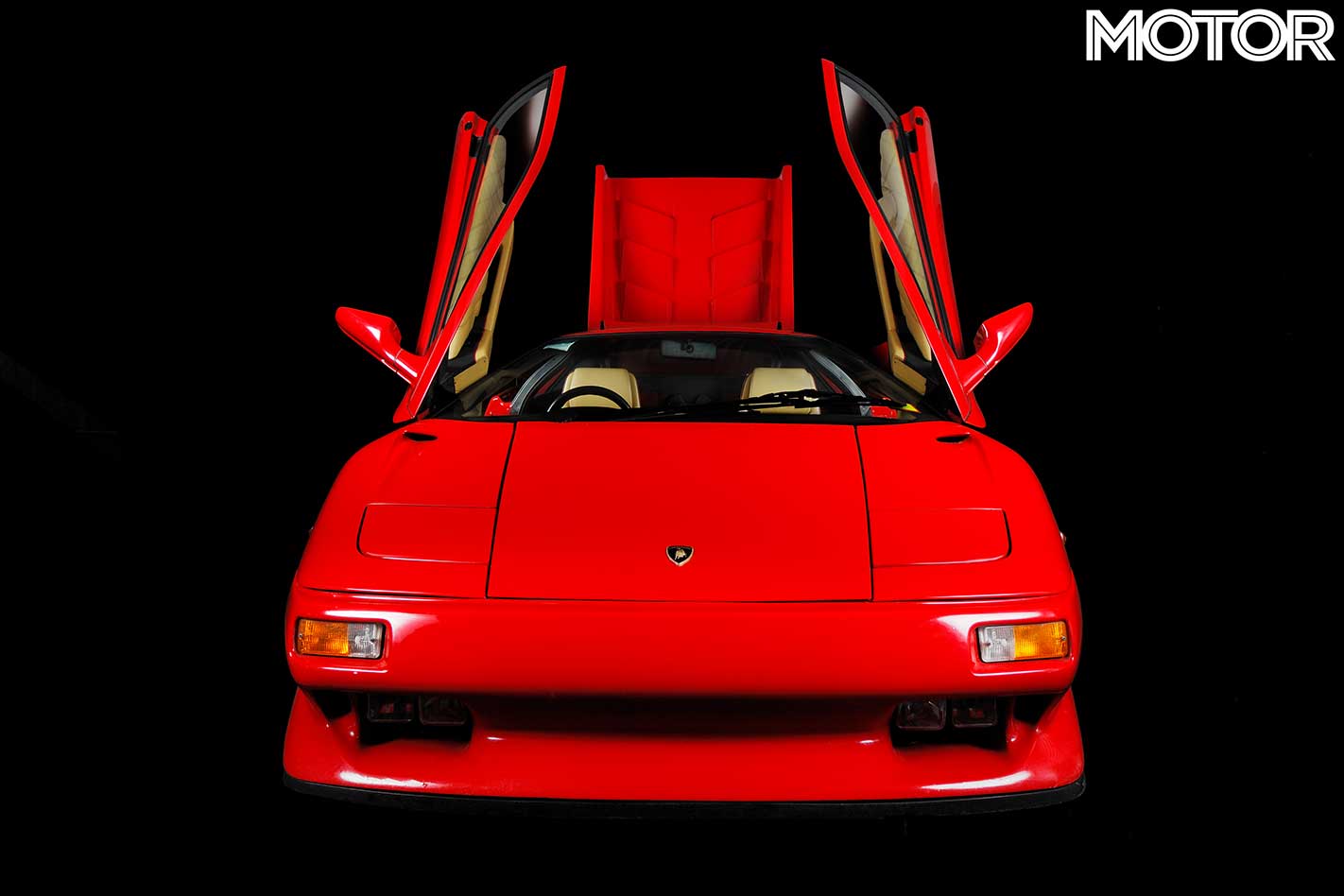
The Diablo wasn’t an ugly car, but neither was it remotely elegant. It was a brutish thing to gaze upon but that was just how everybody in the 90s liked their supercars. Still made the original Countach look almost elegant, however.
Mind you, it’s almost a miracle that the Diablo happened in any coherent form at all: During the car’s design phase, the seemingly annual upheavals at Lamborghini HQ resulted in the whole company falling under the control of none other than Chrysler. So, when you think about it, it’s kind of lucky the Diablo concept wasn’t redesigned by Detroit to be front-drive and powered by the engine from a Jeep or something.
Chrysler did, however, soften the edges of the design although the original crayon-master, Marcello Gandini (who also penned the Miura and Countach) was still happy to have his name on the final sketches.
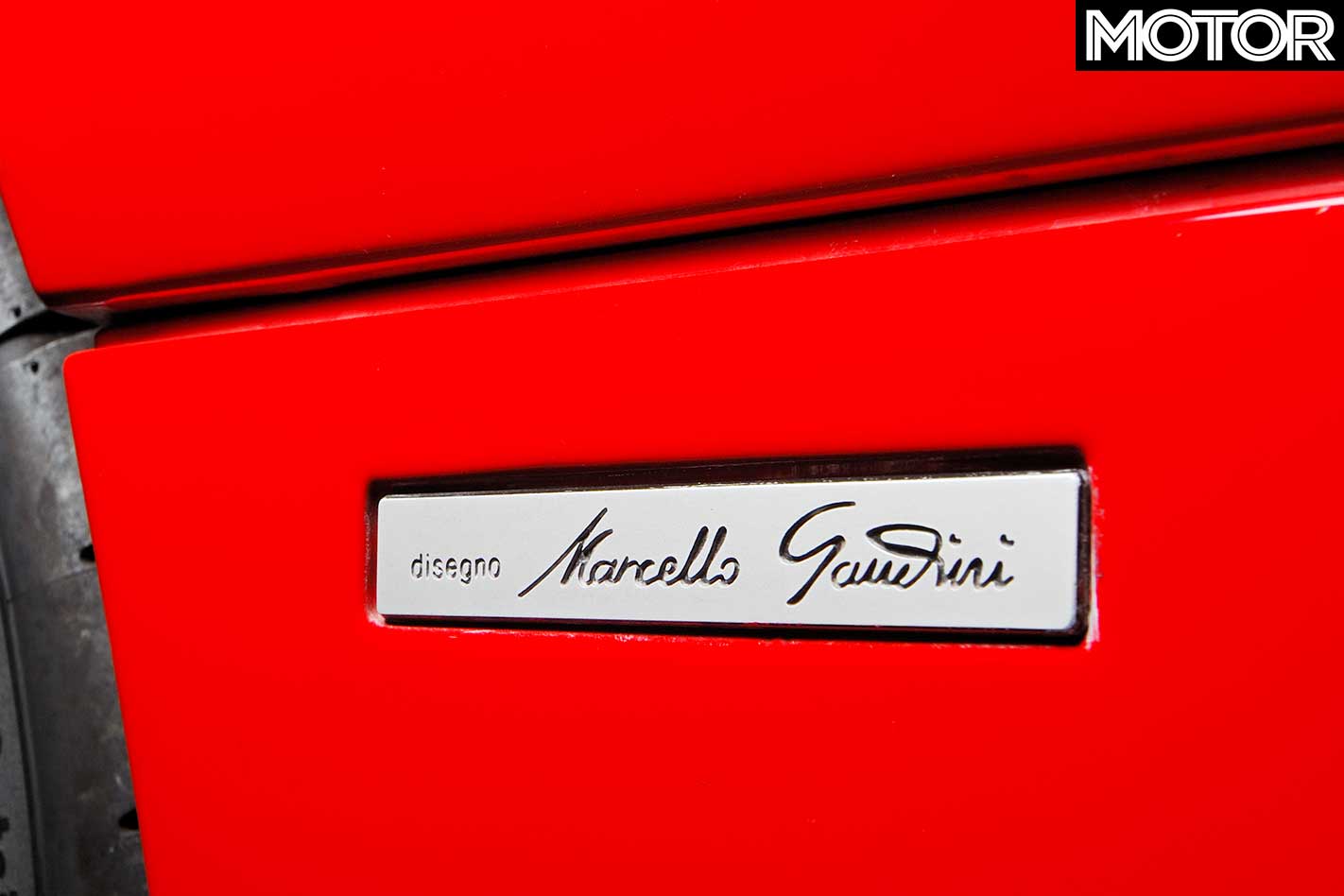
Chrysler couldn’t, however, resist fiddling with the interior but, to be fair, this s one element of the thing Lambo probably wouldn’t have got right anyway, had it been left to its own devices. Italian interiors of this era all give the impression of having been designed after lunch on a Friday. The Diablo’s was no different, even with that North American input.
But beyond that, the Diablo was more steak than sizzle. Lamborghini had always planned on retained the mid-mounted V12 layout for the Countach’s successor and so it was. This time around, of course, the engine measured 5.7 litres and claimed (a fairly optimistic, depending on who you talk to) 367kW and 580Nm.
Then again, the output numbers might not have been too fanciful as Lamborghini not only quoted a top speed of 325km/h, test driver Sandro Munari managed 340km/h during testing at the Nardo pisto provo. The magic was not simply the result of 350 cubic inches, there were also four valves per cylinder and a new form of fuel-injection developed jointly by Weber and Marelli.
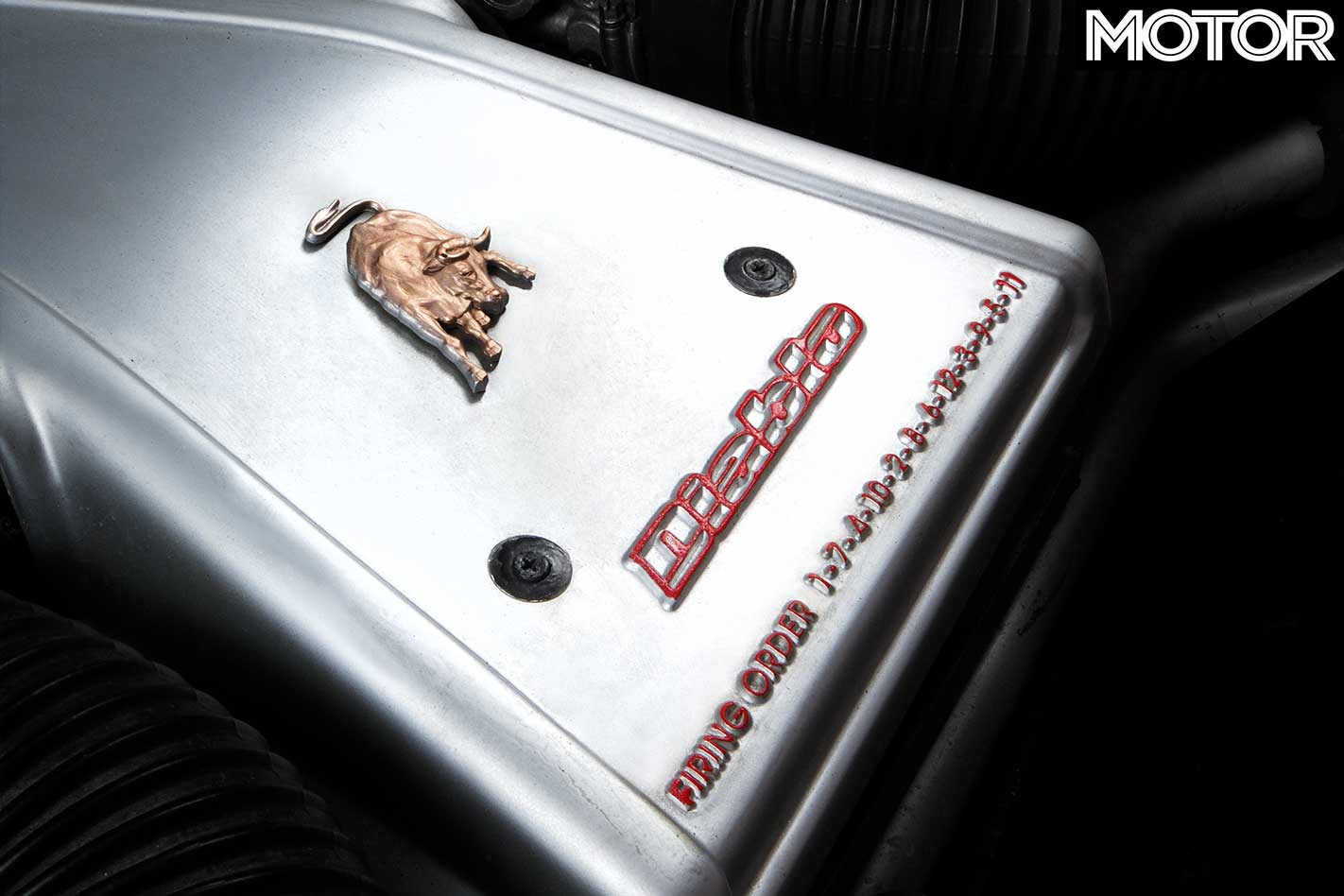
The Diablo happened along at a point in history when high-end car-makers were first starting to get serious about composite materials and exotic metals. As such, the Diablo design centered around a high-strength alloy passenger cell with a different grade of alloy for the front and rear sub-sections. All the body panels were aluminium apart from the engine lid, bonnet and front and rear bumper assemblies which were composite.
Driving the Diablo was the big improvement over the Countach and while it still was far from being entirely user-friendly, the Diablo did at least have front windows that went all the way down (and were even electrically operated. For the warranty period, anyway).
Sounds like a pretty basic sort of requirement, but, hey, this was Italy in the 1980s, remember. The new car was still difficult to enter or leave and remained massively impractical (particularly on the narrow lanes and crowded cities of its homeland) and could still be a handful to drive.
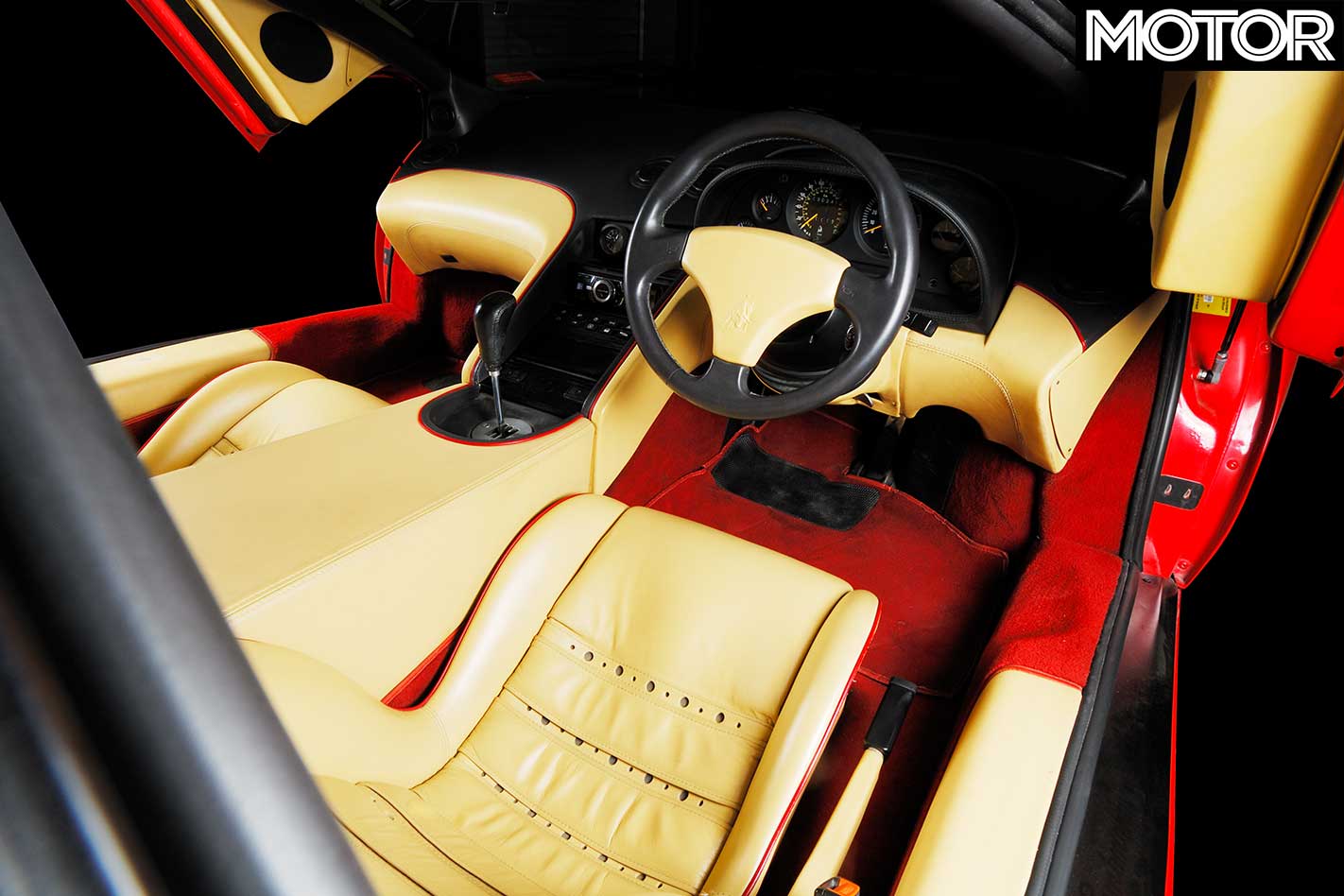
A heavy clutch and steering were just two of the popular complaints, but unlike the Countach, the Diablo’s lower-mounted engine meant that the rear view mirror was no longer just for hanging an air freshener.
That said, all that mass behind the driver’s seat meant the Diablo was still a nightmare to reverse park. But the seats were finally fully adjustable and the instrument pod went up and down with the steering column.
But, if you’ve ever heard an old-school Lambo V12 crack redline in the first three gears, you’ll understand what the fuss was all about. And yes, there are more practical, more reliable, easier to live with supercars around these days for the same (or a lot less) money, but the Diablo is now old enough to have gathered some of that middle-aged cool that separates the true hero cars of the past with the new-boy wannabes.
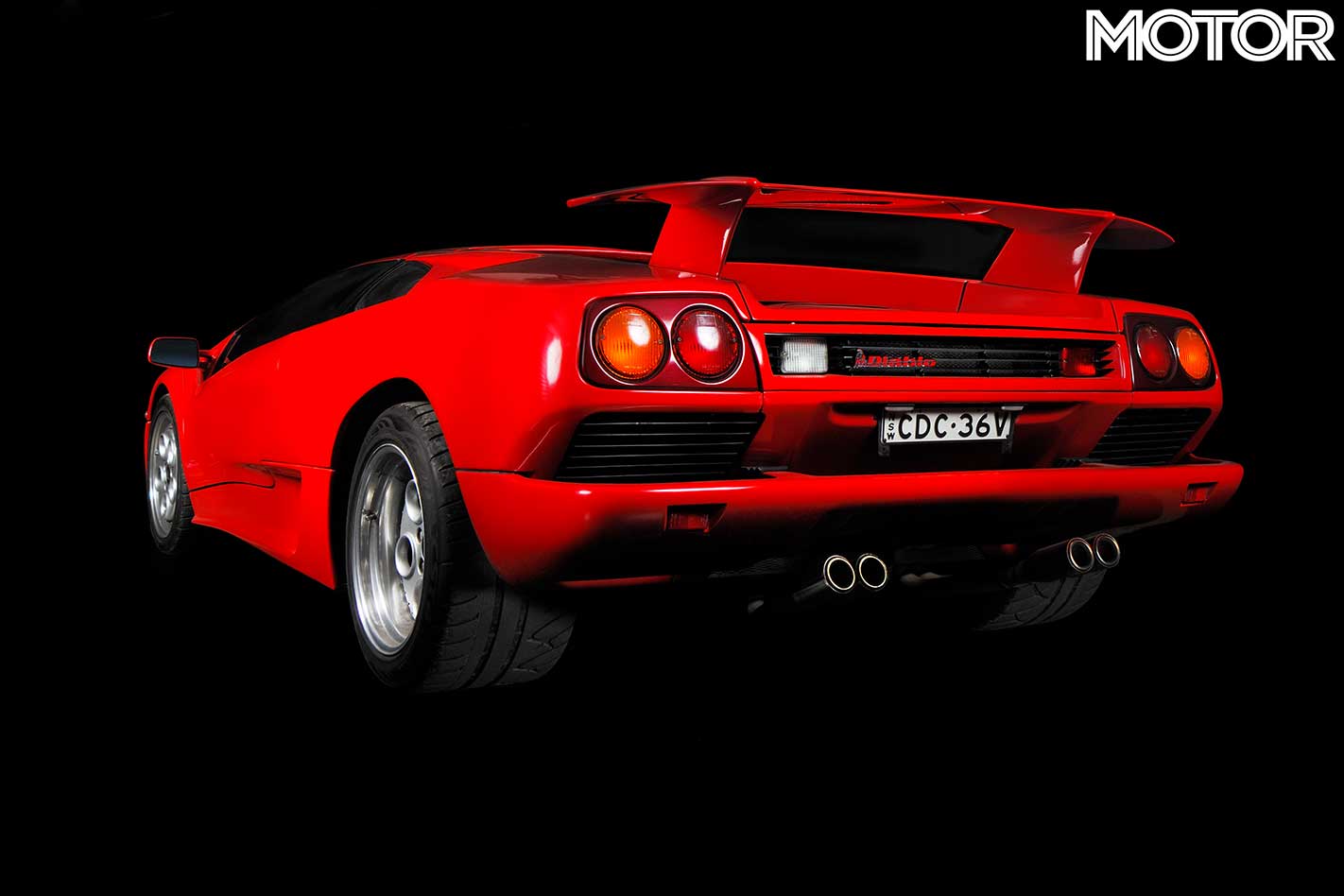
The Good – How can an Italian V12 be anything other than a joy to every sense? When it’s working, of course. – Styling will never be mistaken for anything but a high-end exotic. – Lamborghini badge is your passport to shagging pleasure.
The Bad – Still a pig to drive in traffic and God forbid you should ever need to parallel park it. – Maintenance will require a very special relationship with somebody called Tony who smells of fried clutch plates. – There’s smarter buying for the same money elsewhere.
Dealing for the devil
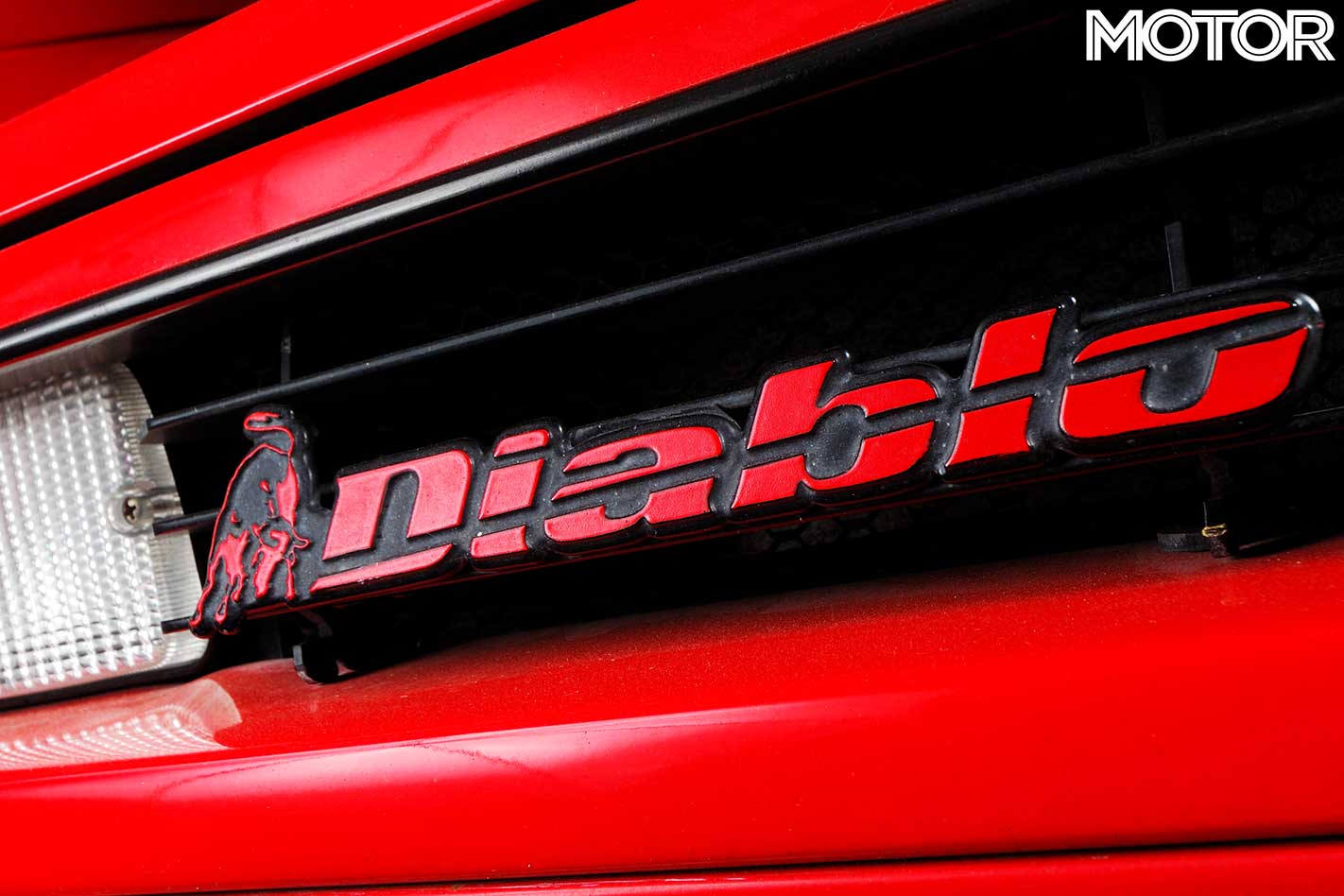
When the Diablo hit the market in 1990, the world was suddenly presented with the future of high performance exotica. But the future cost.
Imported here officially from 1991, the Diablo cost a staggering $695,000 at a time when a 348 Ferrari was 224-grand. Numbers were always small, of course, and by the time 1996 had rolled around and the first Diablo was making way for the more powerful SV version, the sticker had fallen to $489,811.
Along the way, Lamborghini also introduced Australia to the all-wheel-drive Diablo VT in 1993 with a $698,000 sticker, the identically-priced but more powerful SE in 1994 and then the topless Diablo SV Roadster in 1998 which was a snip at a mere $439,650, but a pretty old design (by supercar standards) by then.

Options? Well, most buyers had to take pot-luck with whatever the cars came with when they were imported, but if you were particularly tenacious and prepared to negotiate with the factory on spec, you could specially order anything form a set of fitted luggage for US$2600 or, for those who liked to keep an eye on the time, a Breguet clock for a hair-raising US$10,500.
Looking for a second-hand bargain? Forget it. Even if you can find one, you’re still looking around the $300,000 mark before the other bloke will smile and shake your hand.

